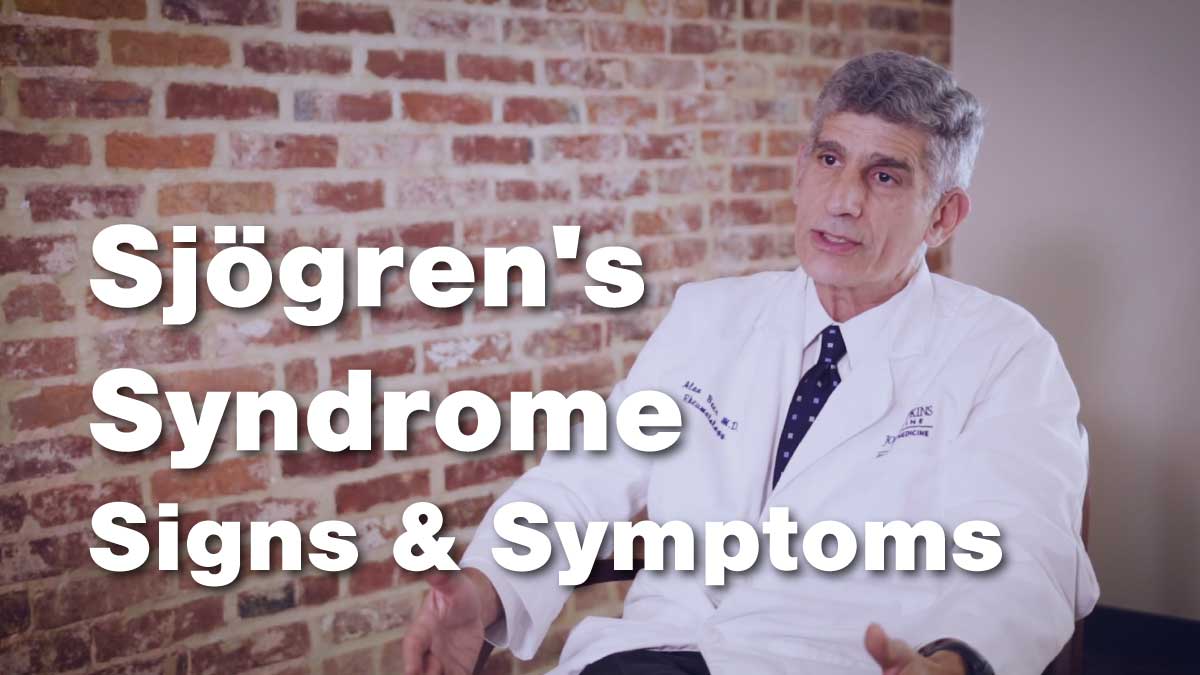
Patients with a rheumatic disease are at a higher risk for infection due to their disease or medications. Dr. Chris Mecoli from the Division of Rheumatology speaks with Dr. Erika Darrah about steps a patient could take in order to prevent infections.




